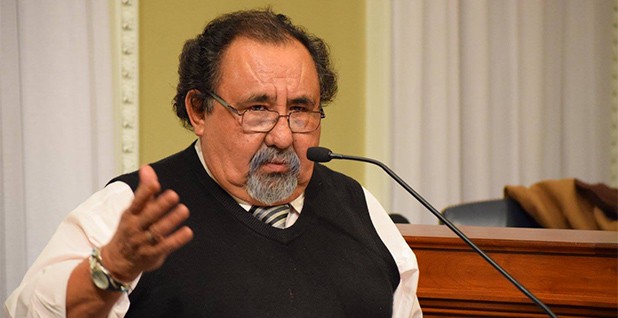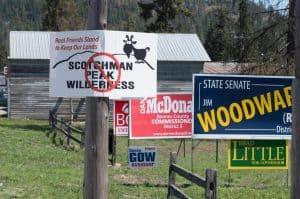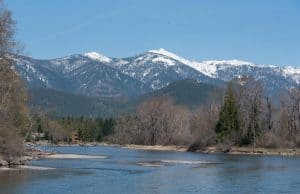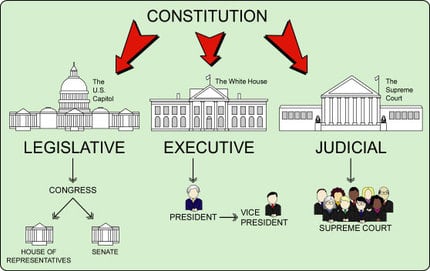
Here’s a Colorado-centric take on this from the Grand Junction Sentinel, from an interview with Senator Gardner. What I think is interesting is the pay grade of the folks making the land allocation decisions (Congressfolk) and yet it has still taken 10 years for 61K acres. The San Juan Plan Revision (2013) also took a long time but covers everything. Allocation- not easy work. If anyone has a synopsis of the provisions of the current bill, please send to me or post a link in the comments.
However, Gardner said another bipartisan agreement was reached for the fund to be one of the first bills the Senate takes up in January.
“So that is very good news for public lands in Colorado, very good news for a number of bills for Colorado and very good news for the Land and Water Conservation Fund,” he said.
Gardner said the January legislation will include a number of public-land provisions of importance to Colorado, addressing wildfire, water supply and sportsman issues and adding forest and national monument acreage.
As considered this week, the public-lands package didn’t include the San Juan Mountains Wilderness Act, a decade-old proposal currently being pursued by U.S. Sen. Michael Bennet, D-Colo. It would protect about 61,000 acres in southwest Colorado through a mix of wilderness designation and other land management actions.
It was left out of this week’s package due to a lack of bipartisan backing.
Gardner isn’t a sponsor of the San Juan bill at this point.
Said Gardner, “I support moving the bill forward. There’s some issues that I hope can be resolved. I hope that this bill can pass and receive support from our colleagues.”
He said some concerns surrounding water that were raised about the measure have been addressed.
“There are one or two others (issues) that need to be worked out but I’m confident they will be,” he said.
U.S. Rep. Scott Tipton, R-Colo., continues to have some concerns about the San Juan bill.
“There is still not local consensus on the San Juan Mountain Wilderness Act,” said his spokesperson, Kelsey Mix. “Congressman Tipton is open to meeting with Senator Bennet to discuss how this bill could be improved.”
There’s also a story on LWCF status in the E&E news here but don’t know how much can be seen behind the paywall.
********************************************
Update: Thanks to Kitty Benzar, here is a copy of the last bill. We can do searches on it, but still have no overall description and analysis. I got lost in the local land exchanges. I guess by Omnibus, they really mean Omnibus.




